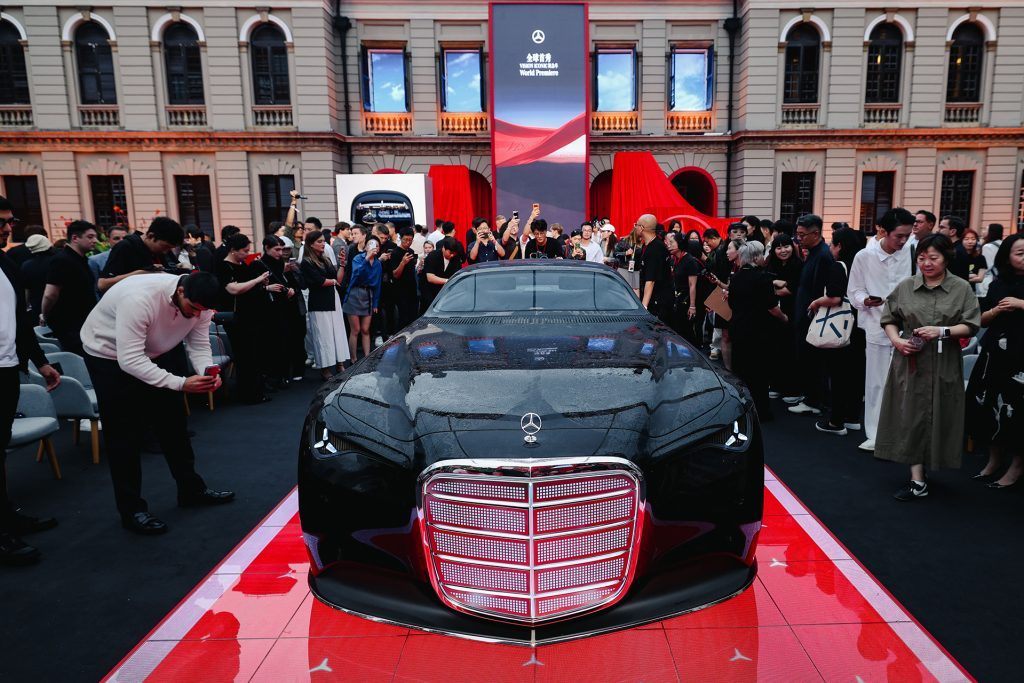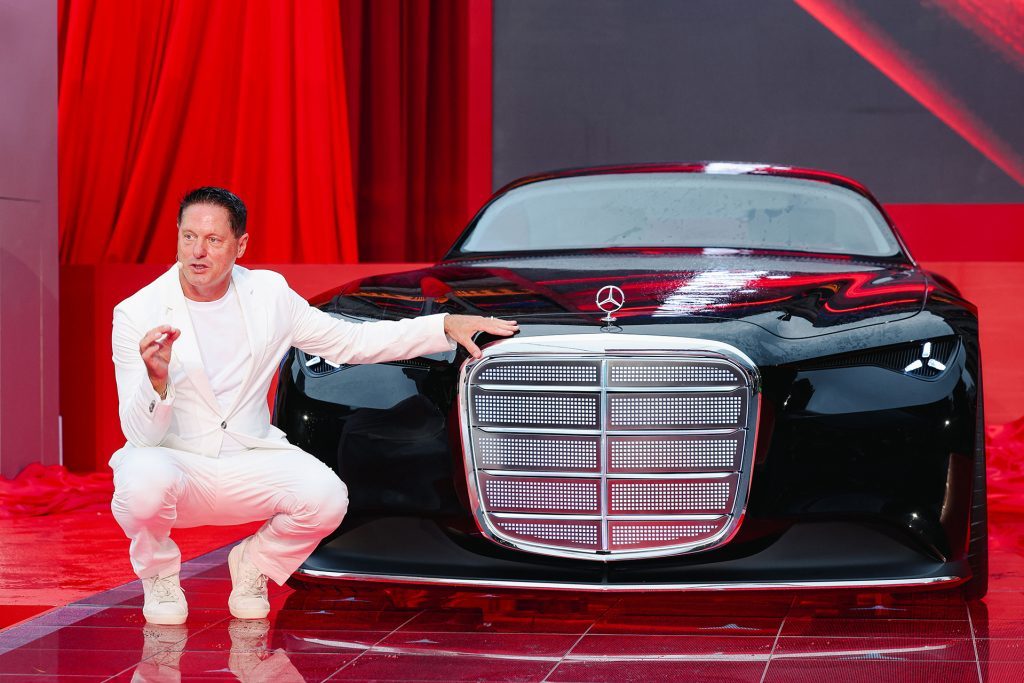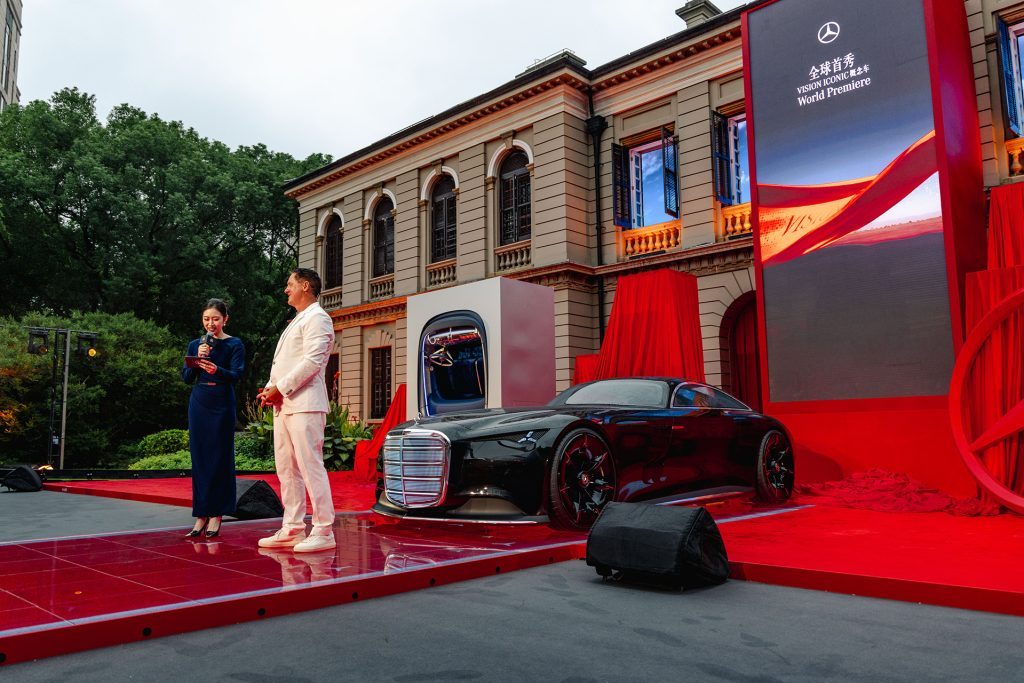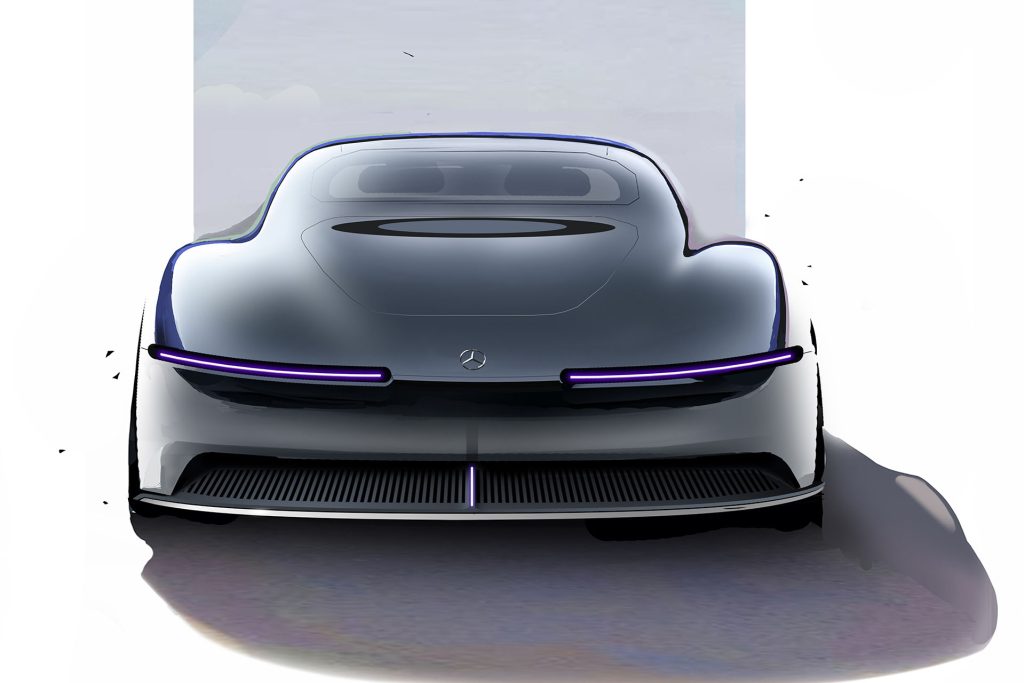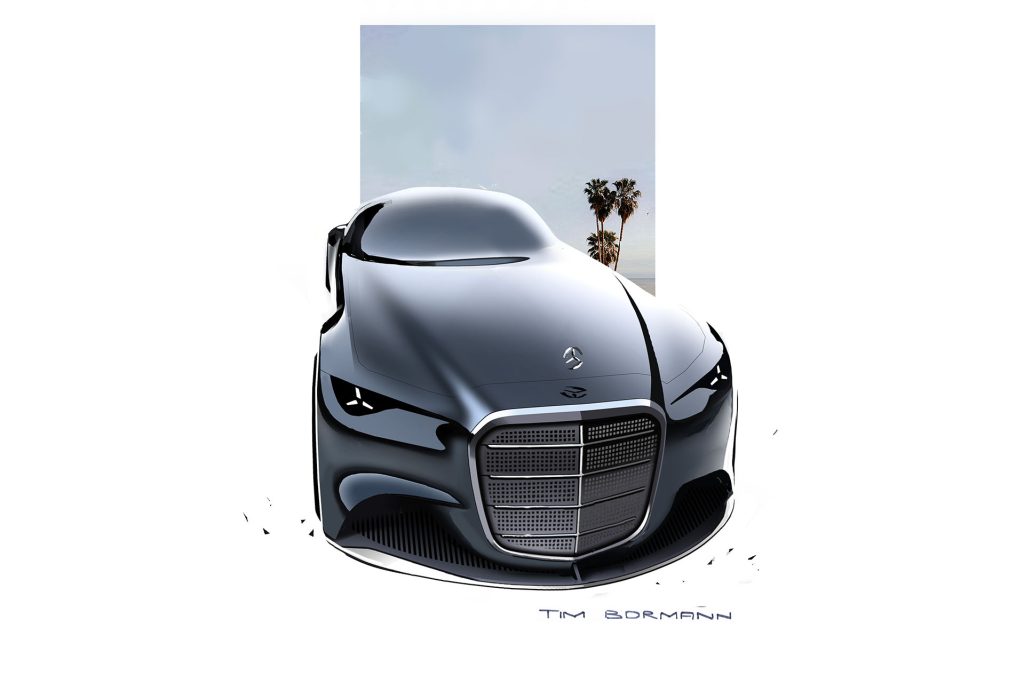Mercedes-Benz Vision Iconic: Sculpture as the future of luxury mobility
Mercedes-Benz has unveiled its latest design study, the Vision Iconic, a show car that fuses Art Deco-inspired craftsmanship with futuristic electric and digital technology. Making its debut ahead of the Japan Mobility Show, the Vision Iconic represents what Mercedes calls “the freedom to think beyond convention”.
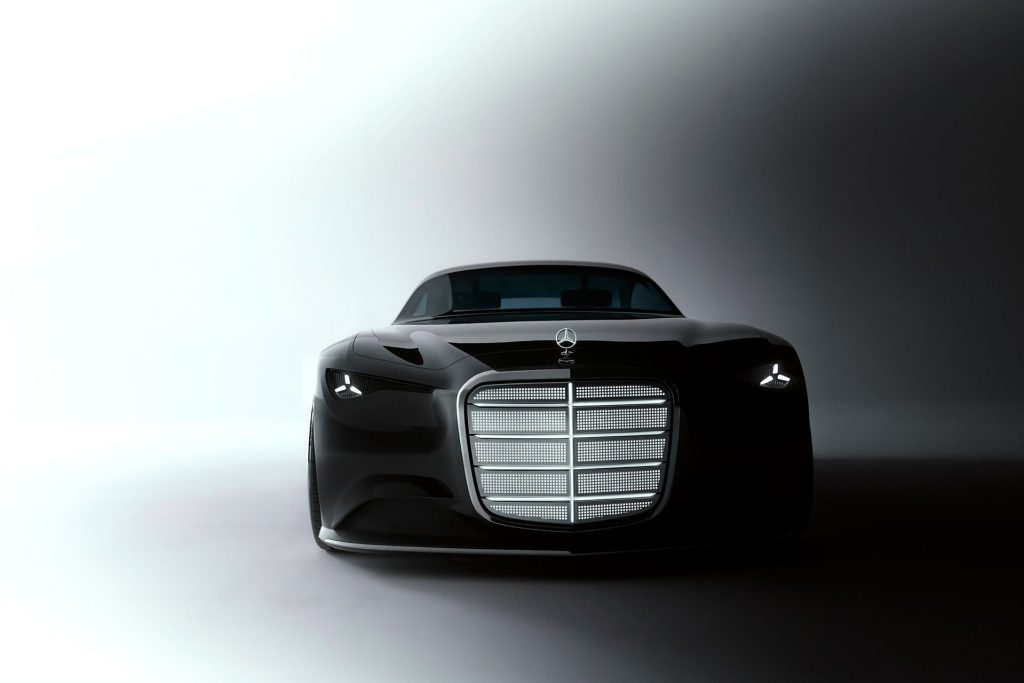
The Vision Iconic signals a dramatic evolution in Mercedes-Benz styling, reinterpreting one of the most recognisable features in automotive history: the Mercedes radiator grille. Known internally as the “iconic grille”, it first appeared on the 2025 electric GLC and now evolves into a bold, illuminated sculpture of its own. With its chrome frame, smoked-glass lattice, and dynamic contour lighting, the grille is said to embody both emotion and intelligence, blending 100 years of design heritage with digital modernity.
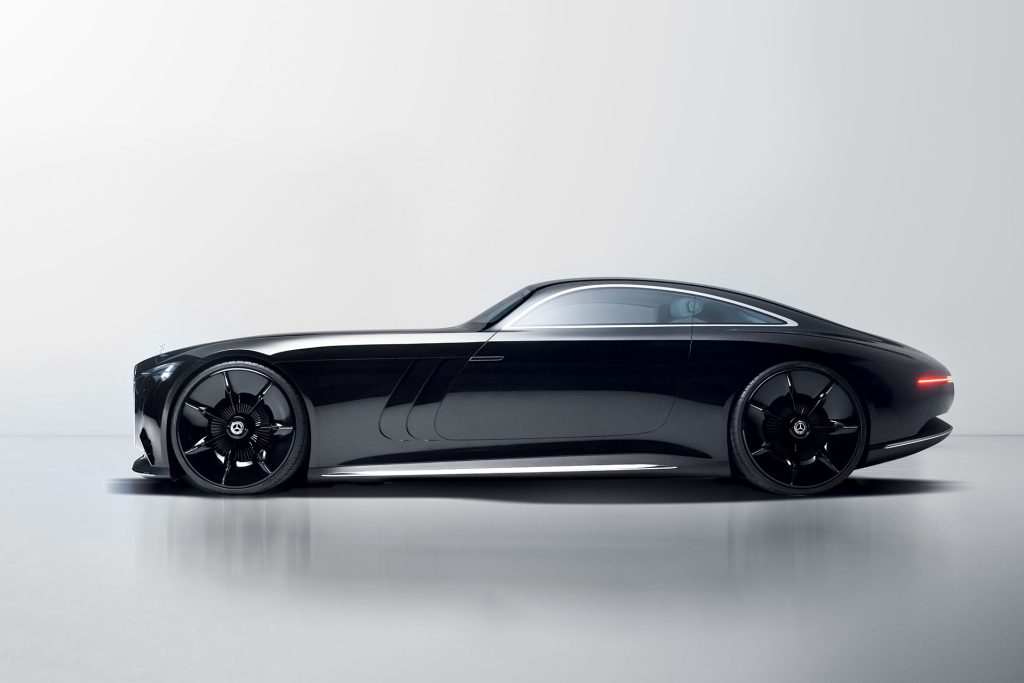
“Vision Iconic embodies our vision for the future of mobility,” said Markus Schäfer, Mercedes-Benz Chief Technology Officer. “With groundbreaking innovations such as neuromorphic computing, steer-by-wire, solar paint, and Level 4 automated driving, we are setting new standards for the electric and digital age.”
A homage to the golden age of design
Chief design officer Gorden Wagener describes the Vision Iconic as “a sculpture in motion”, a statement of elegance that connects the brand’s storied past with a bold new future. Its long, flowing proportions and smooth, sculpted surfaces evoke the graceful grand tourers of the 1930s, while details such as the illuminated three-pointed star and finely sculpted tail recall the 300 SL.
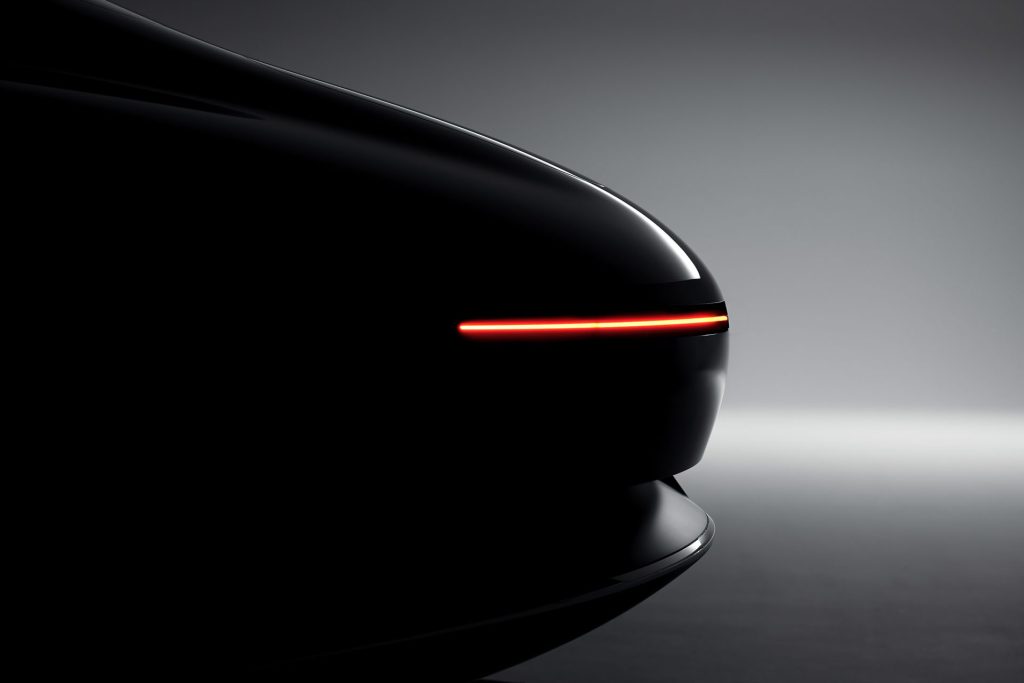
Finished in deep black gloss paint, the car’s presence is enhanced by slim, self-confident headlights, intricate lighting animations, and an upright, illuminated star on the bonnet. Every curve and contour is designed to emphasise status, luxury and timeless appeal, they say.
A lounge for the road ahead
Inside, the Vision Iconic presents a completely reimagined cabin experience being part digital lab, part luxury lounge. With advancements in automated driving, the car’s interior becomes a sanctuary for relaxation and creativity. The design blends traditional craftsmanship with next-generation technology in what Mercedes calls “hyper-analogue luxury.”
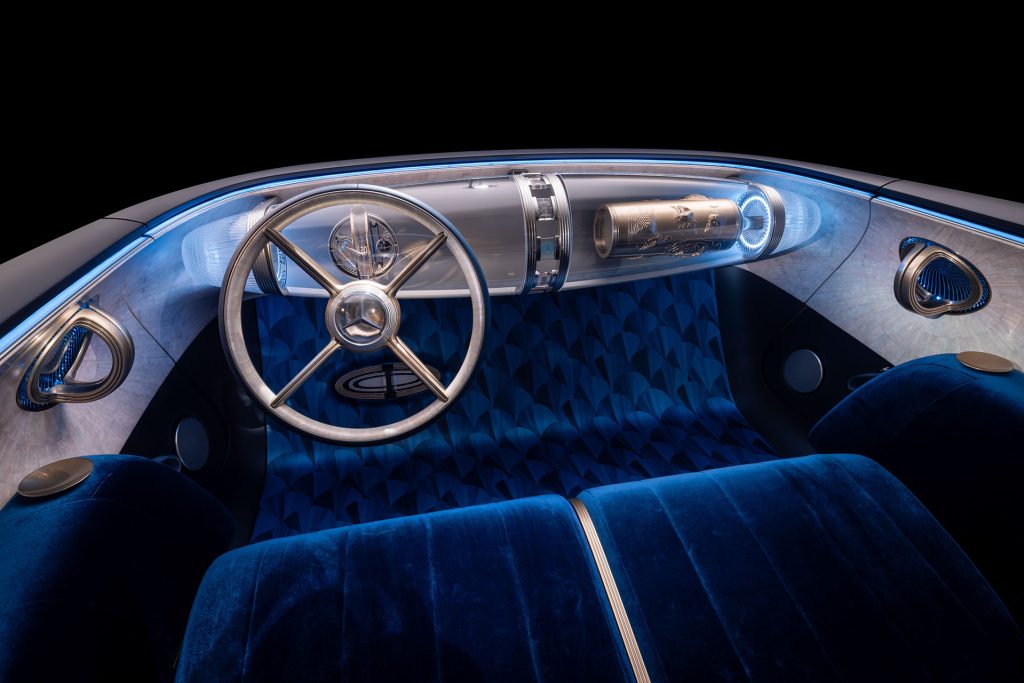
The centrepiece of the cabin is the “Zeppelin,” a floating glass sculpture housing analogue-inspired instruments and a blend of digital displays. When the doors open, the instruments come to life in a cinematic sequence reminiscent of high-end Swiss chronographs. A pillar-to-pillar screen integrates seamlessly into the cabin, while a Mercedes star-shaped clock acts as an AI companion for driver and passenger.
The interior surfaces are a masterclass in material artistry: mother-of-pearl inlays, silver-gold brass accents, and deep blue velvet upholstery create an atmosphere of refined opulence. Even the floor is a work of art, featuring hand-laid straw marquetry in an Art Deco fan motif which is a technique revived from 17th-century craftsmanship.
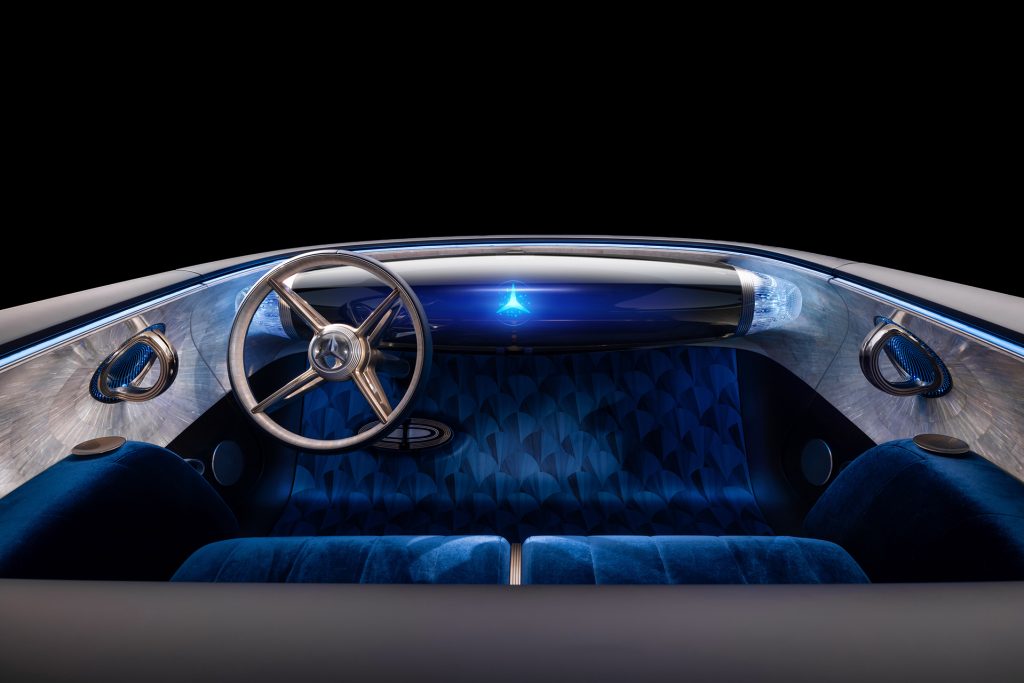
“Our Vision Iconic is more than just an automobile – it is a homage to timeless elegance and a statement for the future,” said Wagener. “It represents the most beautiful, most prestigious kind of thing.”
Harnessing the Sun for Power
One of the Vision Iconic’s most intriguing innovations is its solar paint. It has a photovoltaic coating applied like a wafer-thin layer across the body. Mercedes says the system could capture solar energy across up to 11 square metres of surface, generating enough power for up to 12,000km of driving per year under ideal conditions. The recyclable coating contains no rare earths or silicon and operates even when the car is stationary.
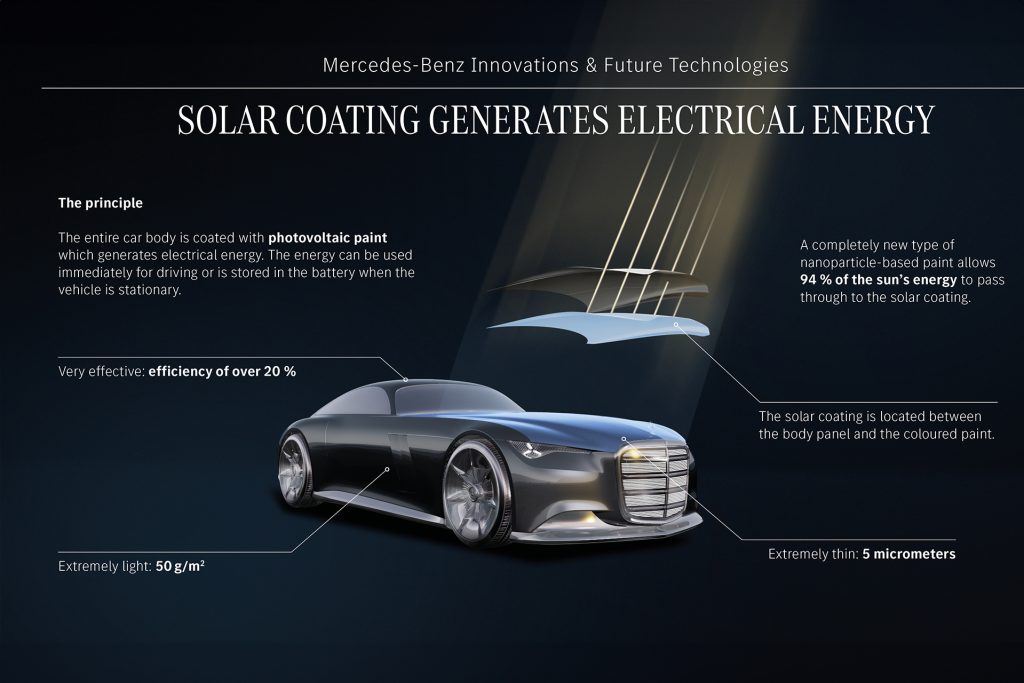
Smarter, faster and more efficient
Underpinning the Vision Iconic’s futuristic technology suite is neuromorphic computing, a next-generation architecture that mimics the human brain. This system could make artificial intelligence processing up to ten times more efficient than today’s hardware, reducing the energy required for autonomous driving tasks by up to 90 percent. It also improves safety by allowing faster recognition of road signs, lane markings, and hazards, even in poor visibility.
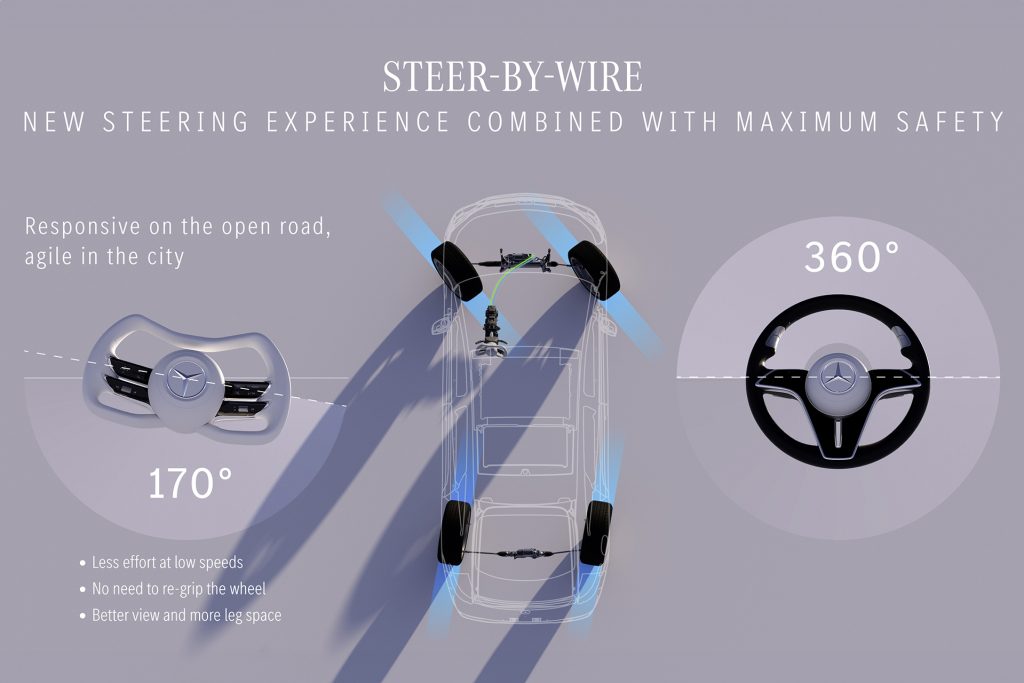
The Vision Iconic also introduces steer-by-wire technology to the brand’s conceptual portfolio. By removing the mechanical link between the steering wheel and front wheels, the system offers smoother, more precise control, particularly when paired with rear-axle steering. It also allows for greater design flexibility and easier manoeuvring; no more hand-over-hand steering in tight spaces.
Level 4 autonomy and automated parking
While the Vision Iconic is purely a design study, it previews a future Mercedes model capable of Level 4 automated driving, allowing the driver to relax, stream media, or even take a nap once the system is engaged on the motorway. The car’s highly automated parking feature also frees the driver from parking duties altogether, using onboard sensors to handle nearly any parking scenario without relying on infrastructure support.
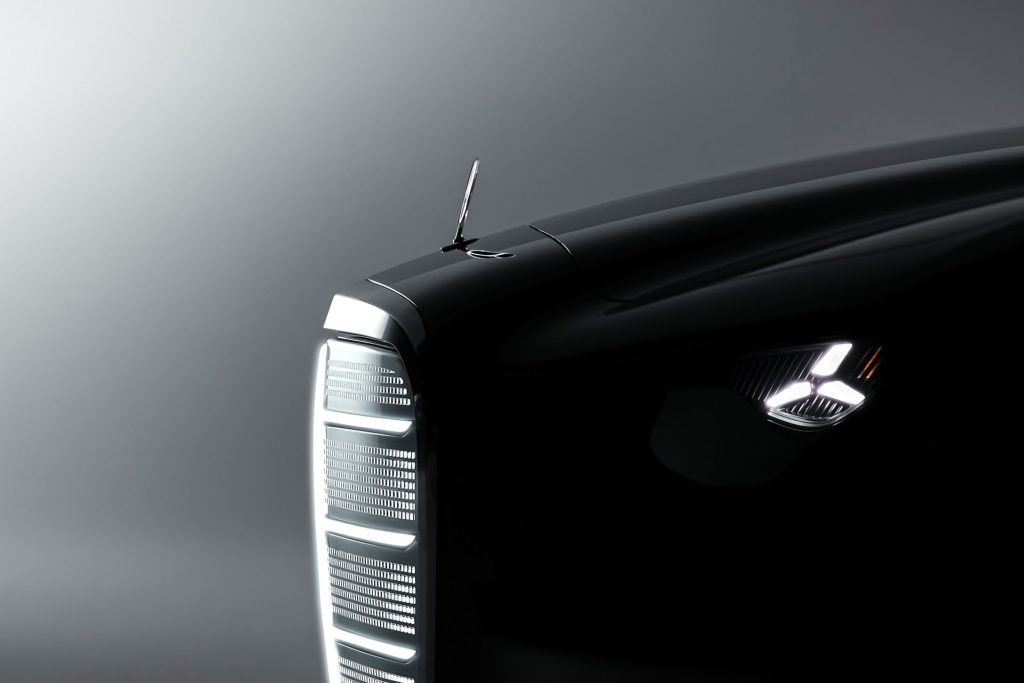
In its comfort modes, the Vision Iconic becomes a luxurious mobile lounge, merging intelligent technology with emotional design. Mercedes envisions a future where driving pleasure and digital serenity coexist; a car that can glide through city traffic autonomously by day, then transform into a cocoon of tranquillity on the open road.


